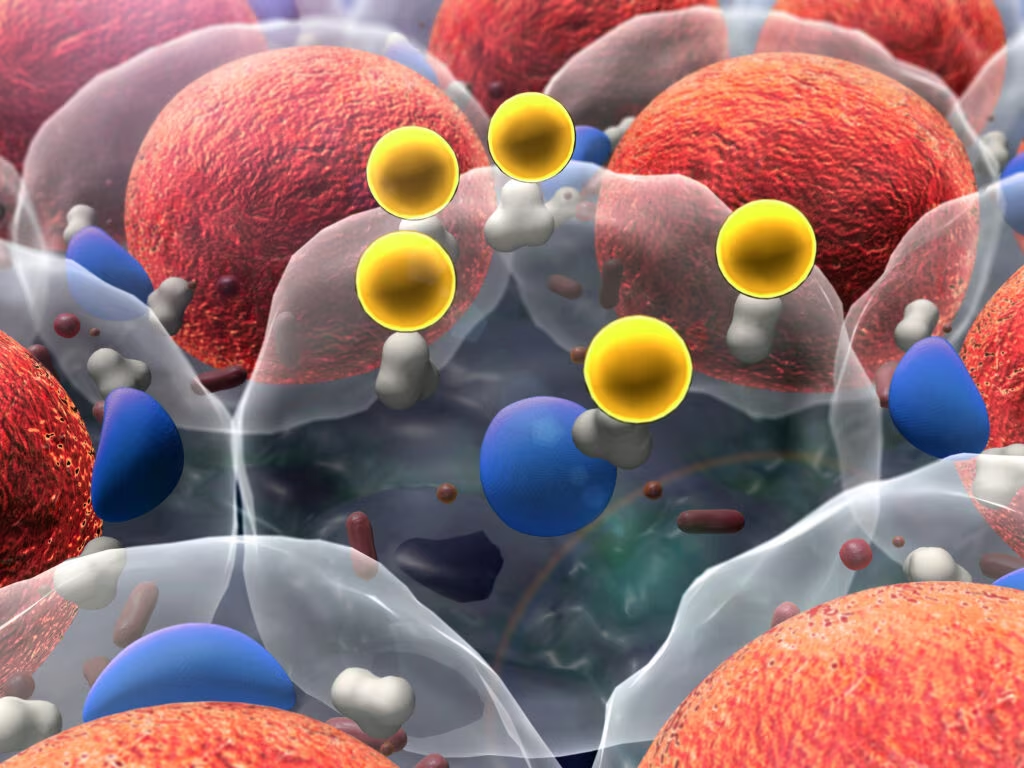Search Results
Showing Results for elderly

We are pleased to present the latest issue of touchREVIEWS in Endocrinology, which offers a timely and thoughtprovoking collection of articles that reflect both the continuity and evolution of diabetes and metabolic disease research. In an era where technology, public ...

Hyponatraemia is primarily a disorder of water balance or distribution, characterized by serum sodium (Nas) levels less than 135 mmol/L.1 Hyponatraemia is the most common electrolyte disorder among elderly patients and is associated with increased mortality rates and longer hospital ...

Dry eye disease (DED) is known as dry eye syndrome (DES) or keratoconjunctivitis sicca. According to the Tear Film and Ocular Surface Society’s Dry Eye Workshop II (TFOS DEWS II), it constitutes a multifactorial disease of the ocular surface, ...

Metformin Metformin has been recommended as the first-line glucose-lowering agent for the management of type 2 diabetes (T2D) for several decades due to its efficacy and safety profile.1–3 In fact, metformin has been widely used as an insulin-sensitizing agent for ...

Hypertension affects up to 40% of the adult population worldwide,1 and according to the World Health Organization’s 2021 estimates, globally 1.28 billion adults between 18 and 79 years are affected.2 Of these, 85% have essential hypertension3 and the remainder have secondary hypertension, which is potentially ...

The American Diabetes Association (ADA) and the European Association for the Study of Diabetes (EASD) consensus statement 2022 is a valuable addition that will help streamline type 2 diabetes mellitus management.1 The focus on individualized and person-centric care in the statement is ...

Diabetes affects an estimated 537 million adults and was responsible for 6.7 million deaths in 2021, worldwide.1 The International Diabetes Federation estimates that 3 out of 4 adults with diabetes live in low- and middle-income countries.1 Southeast Asia alone accounts for 90 million patients, of whom ...

Welcome to the latest edition of touchREVIEWS in Endocrinology, which includes a broad range of articles selected for their evaluation of current practices and research that directly affect endocrinologists as well as being of interest to the wider biomedical community. ...

The pandemic of type 2 diabetes mellitus (T2D) is a growing concern, especially in low- and middle-income countries, which contribute to nearly 75% of the disease burden.1 Indian patients with T2D constitute 1 in 6 adults with T2D globally, with marked ...

Identifying the type of diabetes correctly can be difficult, especially in adults, because of the heterogeneity in the clinical presentation. However, it is important to accurately diagnose the type of diabetes for its clinical, prognostic, therapeutic and psychosocial implications. The ...

The World Health Organization (WHO) defines older adults as people aged 65 years or older.1 Today, older adults with diabetes mellitus (DM) are a growing population, with 33% of older adults meeting the criteria for DM.2 The risk of DM-related complications is ...

Diabetes is one of the most common co-morbidities associated with hospitalizations for SARS-CoV-2 infection, with recent estimates of diabetes prevalence ranging from 33.8%1 to 58.0%2 among hospitalized patients with COVID-19 in the USA. Hyperglycemia during the first hours after cardiac arrest is ...

Nearly 75% of all menopausal women experience bothersome vasomotor symptoms, including hot flushes and night sweats.1 Declining levels of estrogen during menopause lead to a narrowing of the central thermal regulatory neutral tone. Minute changes in core body temperature, as little ...

Immune checkpoints are small molecules that are present on the cell surface of T lymphocytes to regulate the immune response. While some of these molecules enhance the stimulatory signals, others boost the inhibitory signals to blunt the activity of T ...

Hydroxychloroquine has been in clinical use for decades, being extensively used by rheumatologists across the globe for different autoimmune disorders (rheumatoid arthritis, lupus and Sjögren‘s syndrome, among others), across all age groups and including during pregnancy. Novel coronavirus ...

The role of testosterone is well established in health and disease.1 Testosterone is known to mediate physical, mental and reproductive health. Its role has been discussed in gender-specific variations related to conditions as diverse as cardiovascular, autoimmune, psychiatric and oncological ...

The coronavirus disease 2019 (COVID-19) pandemic has spread rapidly to become a global health threat. The disease is caused by severe acute respiratory syndrome coronavirus-2 (SARS-CoV-2), a novel β-coronavirus that belongs to a family of enveloped RNA viruses, the coronaviruses.1 While ...

Dr Sudhir Bansal is an internist with a solo practice specializing in endocrinology. Like others in this field, he has been dealing with the professional and personal changes precipitated by the coronavirus pandemic. What follows are his observations in response ...
Latest articles videos and clinical updates - straight to your inbox
Log into your Touch Account
Earn and track your CME credits on the go, save articles for later, and follow the latest congress coverage.
Register now for FREE Access
Register for free to hear about the latest expert-led education, peer-reviewed articles, conference highlights, and innovative CME activities.
Sign up with an Email
Or use a Social Account.
This Functionality is for
Members Only
Explore the latest in medical education and stay current in your field. Create a free account to track your learning.

